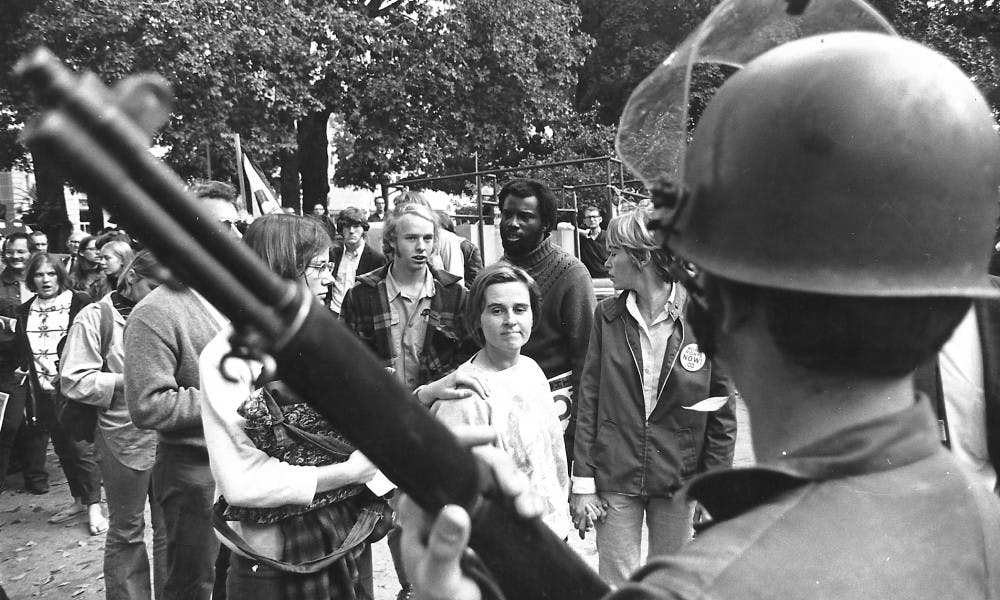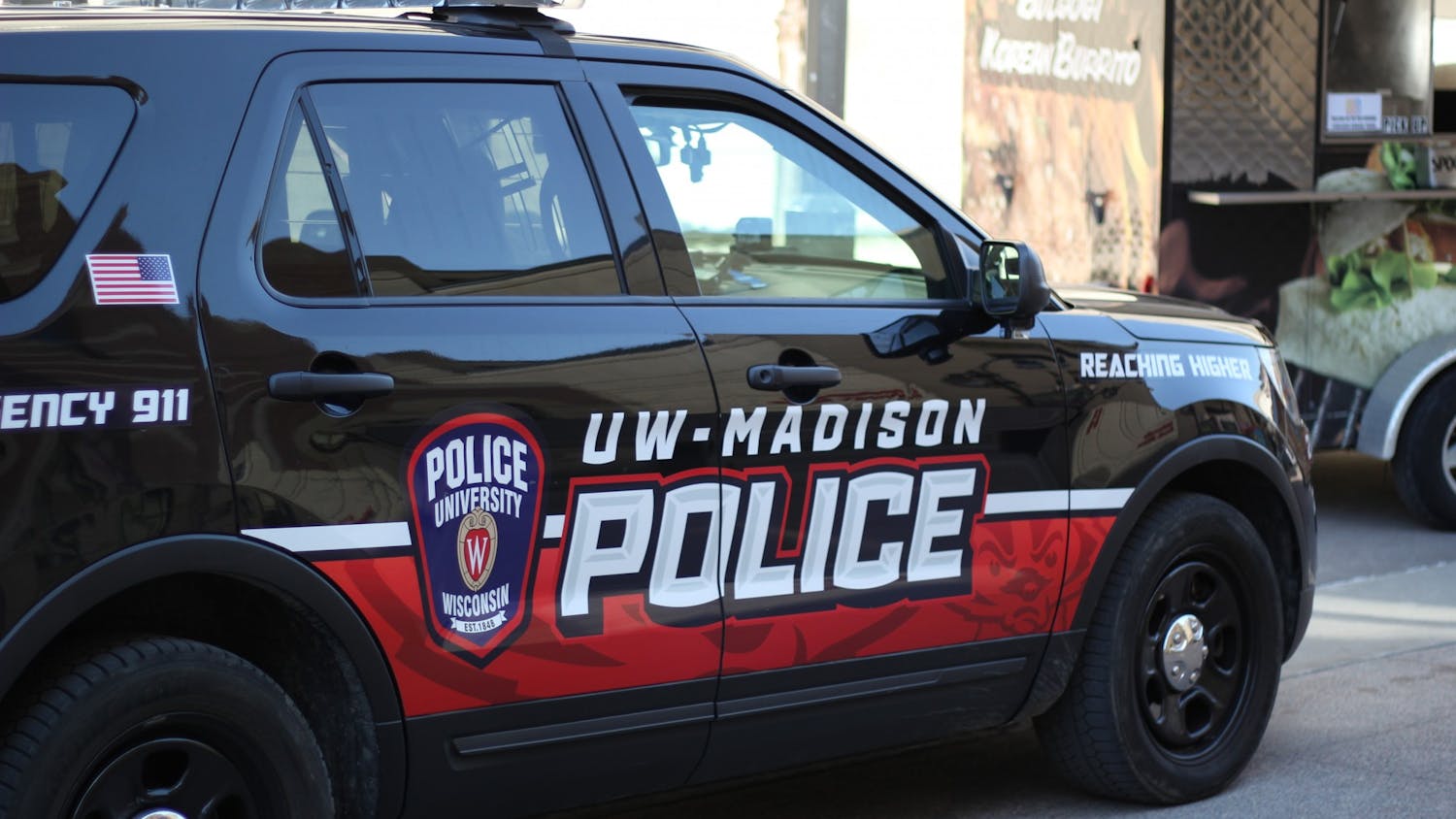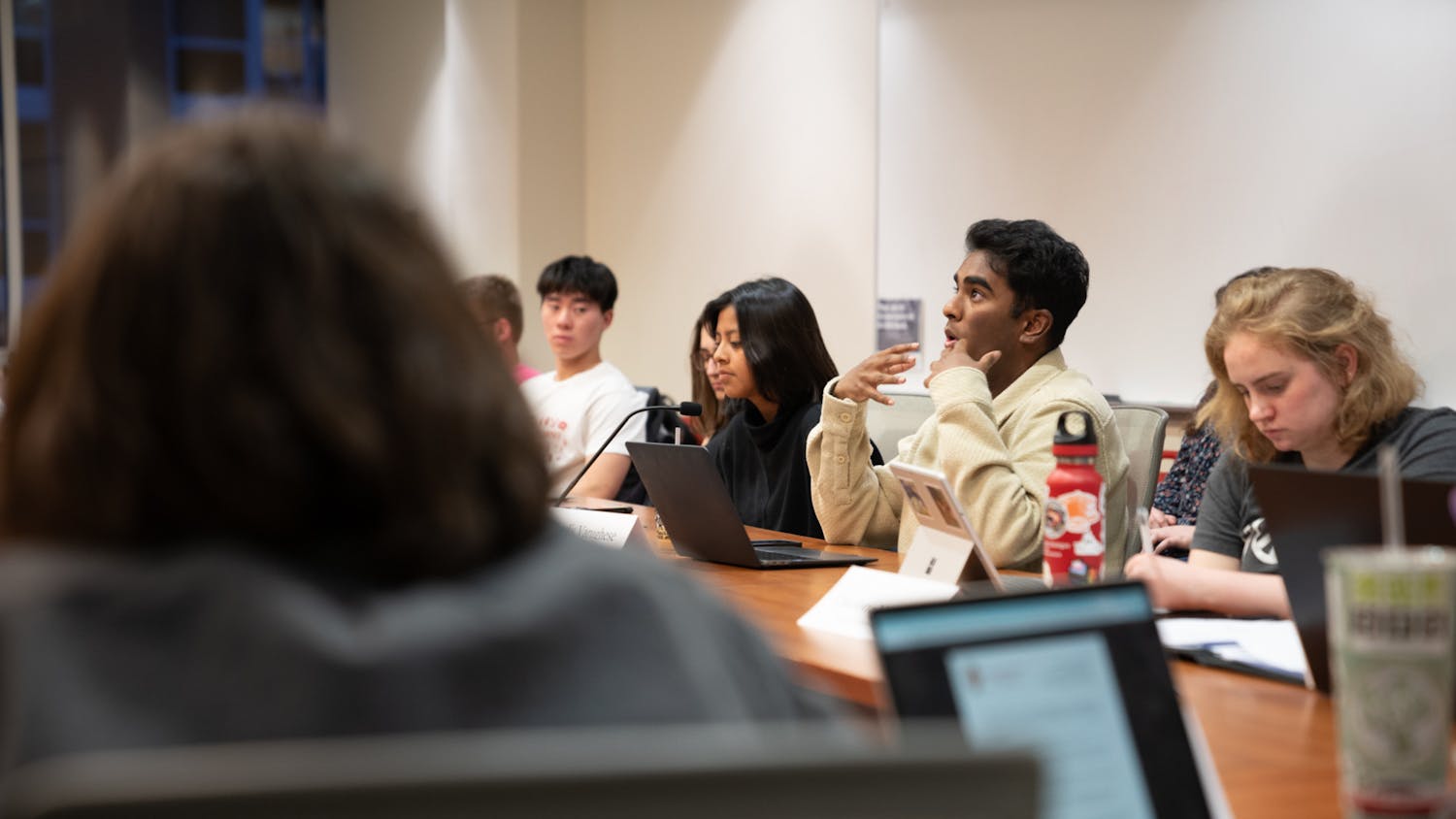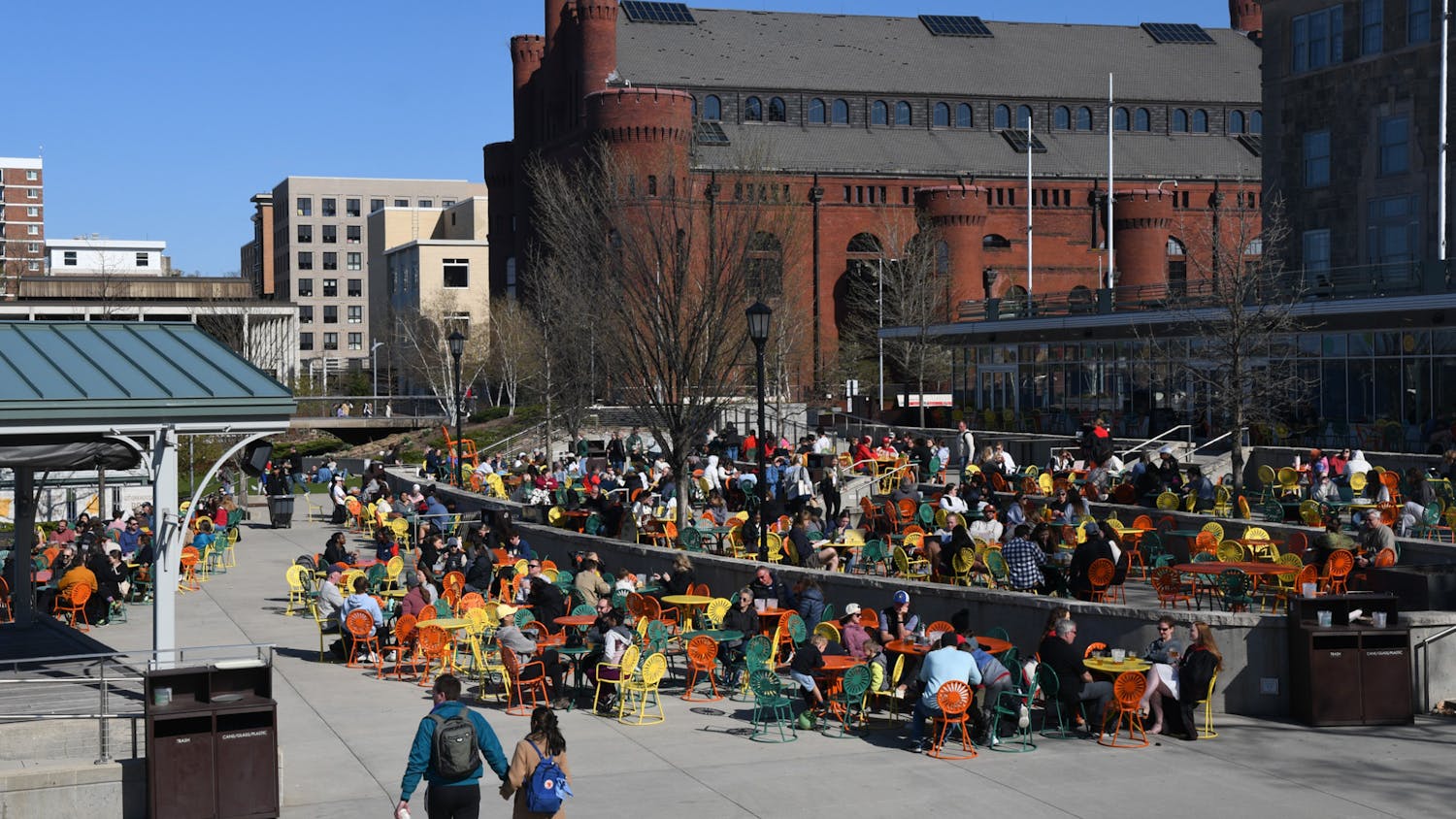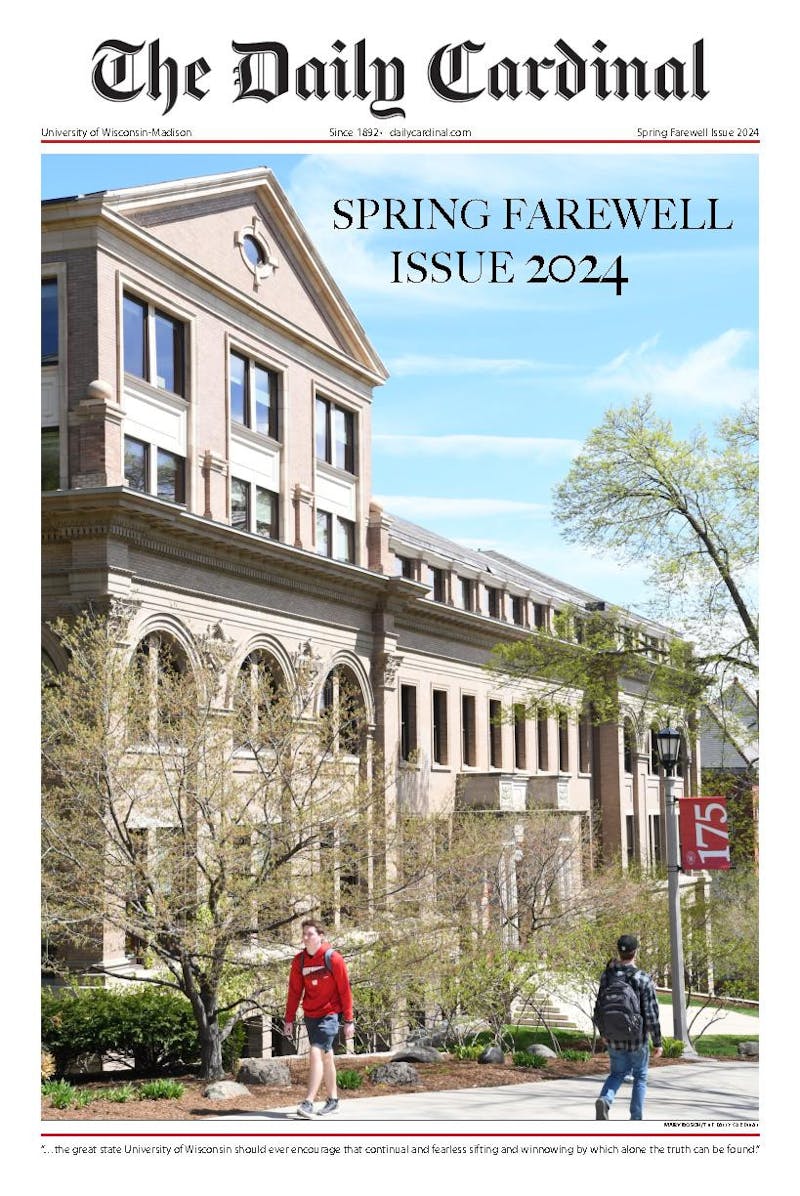In May 1966, UW-Madison junior Ken Mate joined hundreds of other students for a sit-in at the Peterson administration building to peacefully protest university actions in the draft for the Vietnam War.
The sit-in, which lasted a week and included lectures from professors like anti-war activist and foreign policy expert Harvey Goldberg, was a “revelatory” experience where Mate said he finally felt he knew what going to college and learning was all about.
“All the things I came to the university to learn and never learned in classes, I learned in that building,” Mate recalled. “The motto of the university was on North Hall—the sifting and winnowing by which the truth alone can be found—that’s what we did in that building, and we did it for six days.”
Although the Vietnam War era spawned a hotbed of political activism that caused the campus to shut down in May 1970 and culminated in the infamous bombing of Sterling Hall later that summer, it was not UW-Madison’s first or last brush with a progressive movement.
As early as the 1930s, the university housed emigre intellectuals who fled from totalitarianism in Europe, according to UW-Madison alumnus Bill Wadsworth, and began to craft its unique tradition of progressivism and creativity.
The Civil Rights Movement, modern feminism, the growing hippie counterculture and the birth of rock ’n’ roll in the 1950s and 1960s all added to students’ development of radical and revolutionary thought.
UW-Madison sociology professor Pamela Oliver explained that after the anti-war movement wrapped up, there were the Teaching Assistants’ Association strikes in the late 1970s, anti-apartheid protests in the 1980s and protests against sweatshops in the 1990s.
In recent years, the university has seen demonstrations for racial equality and rallies for better protection of tenured faculty.
Oliver said Madison’s long history of protest culture and progressive liberalism is what attracted some students to the university, which was part of the draw for Tina Daniell, a UW-Madison alumna and former editor-in-chief of The Daily Cardinal.
In high school, Daniell said she remembers thinking she wanted to go somewhere where things were happening and where she could make a difference, and Madison seemed like that kind of place.
When she arrived on campus in fall 1970, seeing smashed windows on State Street and reporting on demonstrations, she recalled, “you knew that you were walking into something.”
“I was exposed to a lot, but it was totally fascinating,” Daniell said. “It was an immersed experience, you were just immersed in everything. You were in the middle of it.”
Mate also said being in the “world of ideas” and trying to relate what is learned in class to reality is something that can truly shape students’ minds.
“Young people are more malleable,” he said. “They haven’t been around long enough to be cynical, they haven’t seen their ideals being dashed because circumstances overtake them. They’re still idealistic.”
This idealism was what Mate said tied students to a larger theme than just taking issue with the war: that of right and wrong.
After one incident when a woman was hit by a bus on University Avenue and critically injured, Mate said students held sit-ins in the bus lanes to pressure the city to make the area safer.
Although it was not a political issue, Mate described the event as largely indicative of where the direction of the campus and students’ thoughts were headed—toward discussions and demonstrations that would allow them to distinguish “good” from “bad.”
UW-Madison has long prided itself on providing a well-rounded liberal arts education to students, something Daniell said was an integral part of the actions she witnessed on campus.
“There were issues raised during classes, professors and TAs were getting challenged all the time,” she explained. “It’s part of the whole discussion and discourse that a liberal arts college is supposed to encourage, which is to start questioning things, like questioning authority. There was a lot of that going on.”
Wadsworth likened the university’s progressive culture to a genetic mutation in the human race, one that has moved beyond the various issues themselves as they arose throughout history and into the realm of tradition.
He said UW-Madison was designed to be “a cauldron of experimental social thought.”
As a large school with representatives from a variety of races, religions, classes and backgrounds both nationwide and internationally, UW-Madison has historically aimed to provide a space where students with different experiences can read, think, share ideas and voice their opinions freely.
Daniell said she believes these varying opinions and experiences shape the “great tradition” of protest culture embedded within UW-Madison.
“It’s a crossroads,” she said. “It’s a perfect storm of people and ideas, and a time in your life when you’re supposed to be questioning things and learning things and expanding your horizons.”
Protest culture has been a prevalent part of UW-Madison politics for decades. Below are some of our archived photos of various demonstrations over the years.






